
We give vacuum cleaners all the credit, but nature’s been tidying up long before Roombas roamed the living room. All over the world, animals are working quietly behind the scenes, gobbling waste, breaking down decay, and filtering gunk from air, water, and land. They’re the unsung environmentalists of the animal kingdom, many of them overlooked or misunderstood. You might cringe at the sight of a vulture or ignore a sea cucumber entirely, but these creatures do more for the planet’s hygiene than most of us do in spring cleaning mode.
Some animals are famous for their trashy diets, while others have superpowered digestive systems that turn rot into renewal. Whether they’re scavengers, decomposers, or natural filters, each one plays a role in keeping ecosystems balanced and cleaner than you’d think. So the next time you see something slimy, feathered, or fanged lurking around waste or decay, consider saying thank you. These ten animals are nature’s cleanup crew; we’d be drowning in filth without them.
1. Vultures
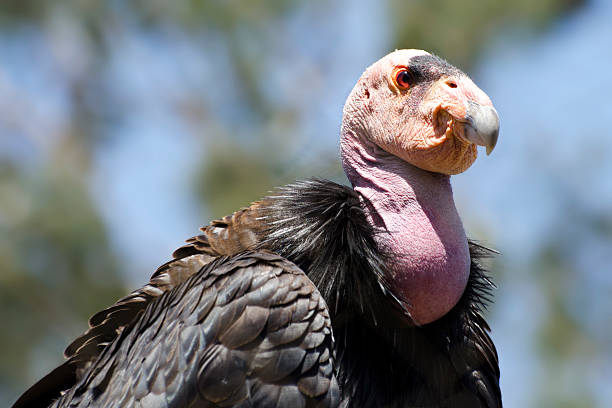
Vultures may not win beauty contests, but they’re nature’s ultimate sanitation squad. With stomach acid strong enough to dissolve anthrax and botulism, these birds chow down on disease-ridden carcasses that would otherwise fester and infect entire food chains. Their bald heads aren’t just for show; they help keep things hygienic while elbow-deep in decay. Found on nearly every continent, vultures can consume up to 20% of their body weight in one sitting, turning roadkill and rot into a cleaner landscape. Their incredible immune systems allow them to digest pathogens that would kill most animals, making them crucial buffers against disease outbreaks.
In parts of South Asia, where vulture populations crashed due to veterinary drugs in cattle, the absence of these scavengers caused an explosion in feral dog populations and a spike in rabies cases. That’s how essential these birds are to ecological balance and public health. Some cultures have revered vultures for millennia: in Tibet, they’re sacred participants in sky burials, returning human bodies to the earth in a sacred cycle. Despite their grim diet, vultures are among the planet’s most efficient recyclers, and one of the few animals that eat death to keep life going. Source: Earthsky
2. Dung Beetles
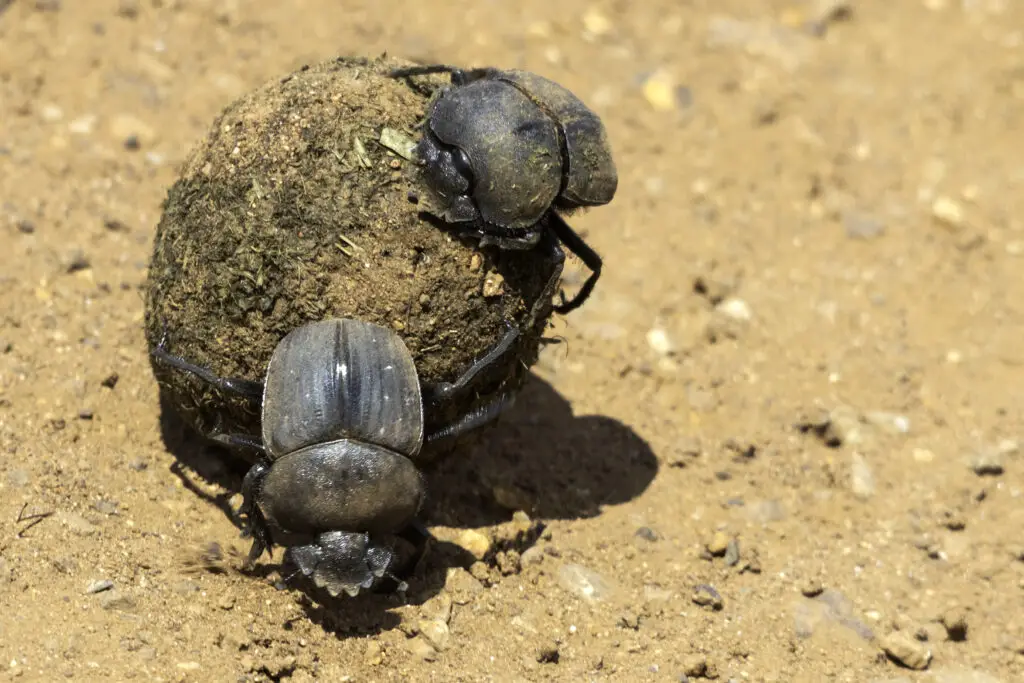
Dung beetles don’t just roll poop, they revolutionize it. These tiny workhorses clean up after larger animals by burying, consuming, and repurposing feces, often within hours of hitting the ground. Some species can bury dung piles over 250 times their body weight overnight, removing waste and fertilizing the soil. By rolling, tunneling, and hoarding these nutrient-rich nuggets, dung beetles aerate the ground and improve water absorption, acting like tiny rototillers with an appetite for excrement.
Their ecological impact is massive, especially in grazing regions. A study in Australia found that introduced dung beetles saved the cattle industry over $380 million annually by reducing fly populations and improving pasture quality. Without them, manure would pile up, pests would flourish, and nutrients would sit unused. Dung beetles, or scarabs, were so revered in ancient Egypt that they became symbols of rebirth and transformation. It’s poetic justice for a creature that takes the dirtiest jobs and turns them into something regenerative. Source: NPR
3. Sea Cucumbers
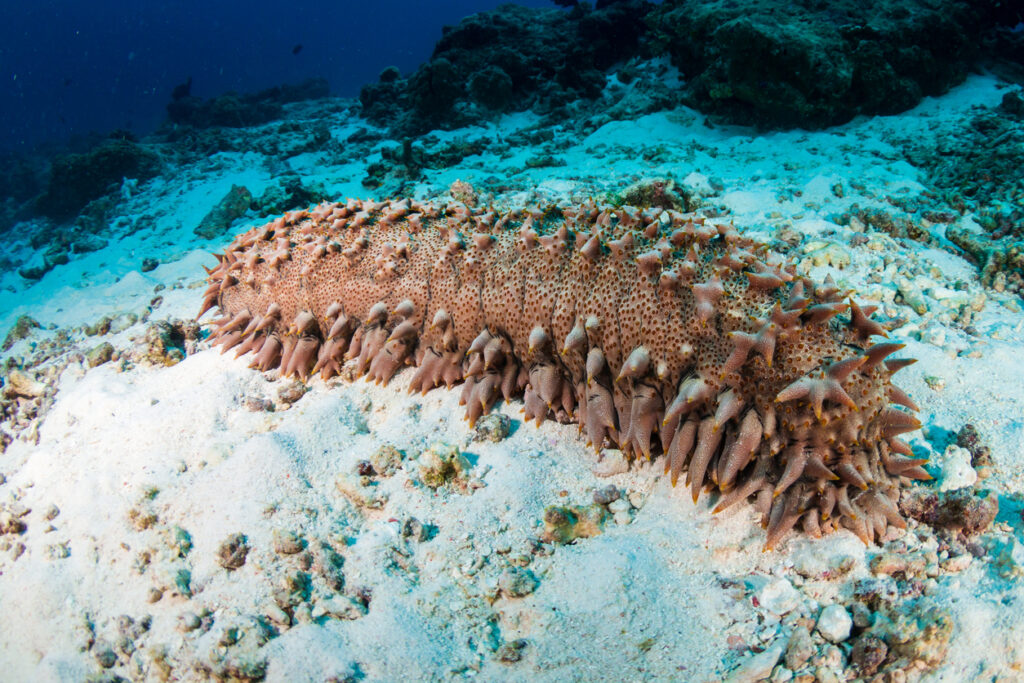
Sea cucumbers look like squishy sausages with tube feet, but don’t let their sluggish vibe fool you; they’re underwater custodians with serious eco-cred. Found wriggling across the seafloor, these echinoderms vacuum up detritus like dead algae, plankton, and fish waste, filtering out organic material and leaving behind clean, oxygenated sediment. Some species can digest up to 220 pounds of sand and debris every year, effectively recycling the ocean floor one mouthful at a time.
Their role is so vital that entire reef systems rely on them to prevent toxic buildups. In the Great Barrier Reef, scientists discovered that sea cucumbers help reduce ocean acidification by excreting calcium carbonate as they digest. In some cultures, they’re prized as a delicacy, and overharvesting has triggered reef imbalances, proving that even the gloopy and gelatinous matter. Without sea cucumbers munching through muck, coral ecosystems would suffocate under the weight of their own waste. Source: Yale e360
4. Cleaner Wrasses
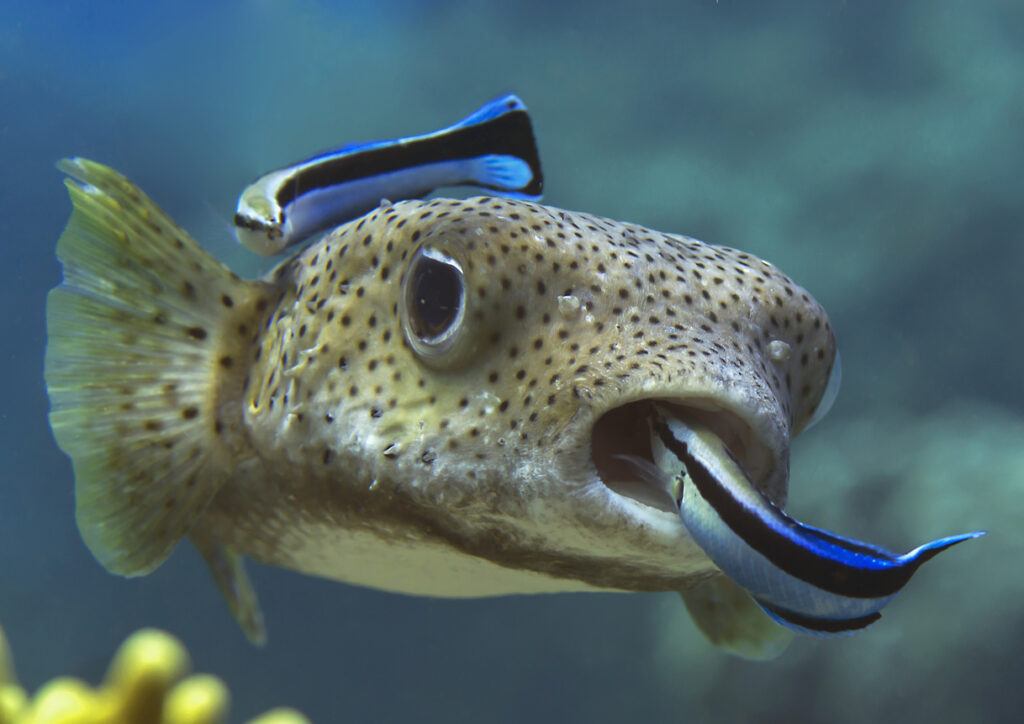
Think of cleaner wrasses as the reef’s spa technicians. These small, brightly colored fish set up “cleaning stations” on coral reefs where larger fish, sometimes even predators, line up for parasite removal. With their pecking precision, cleaner wrasses eat dead skin, mucus, and blood-sucking parasites off everything from groupers to moray eels. It’s a mutualistic relationship that keeps other fish healthy while feeding the wrasses a steady diet of grime.
But their contribution goes far beyond personal hygiene. Curbing parasite loads and cleaner wrasses help control the spread of disease and boost the survival rates of reef species, keeping the ecosystem in check. One study found that removing these fish caused fish diversity to plummet by 50%, revealing just how critical their role is. They’re nature’s frontline medics and environmental maintenance crew rolled into one, delicately picking pollution off the gills of an entire community. Source: Planet Forward
5. Ants
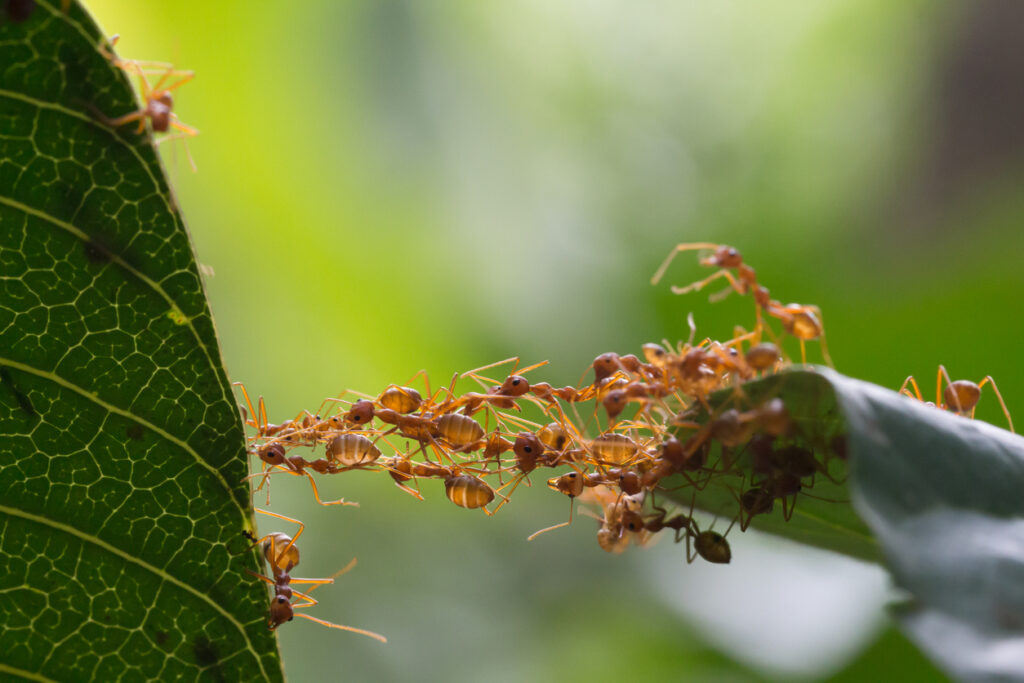
Ants may seem like picnic pests, but in nature, they’re tireless waste management workers. With colonies that span deep underground or stretch across treetops, ants collect everything from decaying plants to insect carcasses and uneaten food scraps. Some species, like leafcutter ants, even farm their own fungus by breaking down organic matter in underground compost chambers, essentially running miniature recycling plants. Their scavenging and foraging clean up what other animals leave behind, preventing rot, disease, and nutrient stagnation.
Beyond removing debris, ants improve soil health through constant digging and tunneling, which aerates the earth and allows for better water and root penetration. Studies have shown that ant activity increases nutrient cycling and can enhance plant growth, especially in tropical and arid ecosystems. In places like the Amazon, they’ve been called “ecosystem engineers” for how their cleanup efforts maintain forest health and regeneration. They don’t just tidy up, they quietly terraform. Source: Iowa State University
6. Opossums
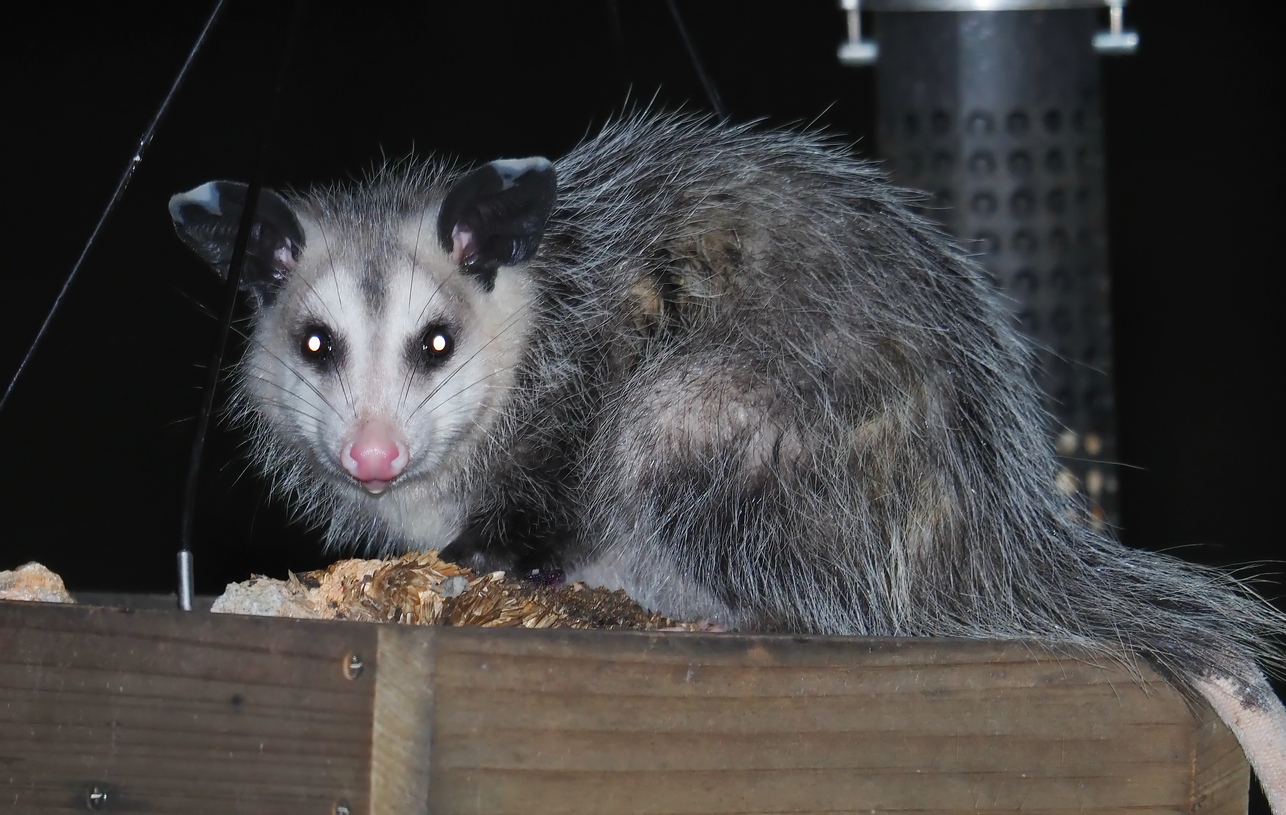
Opossums might look like scrappy backyard scavengers, but these nocturnal marsupials are secret guardians of public and environmental health. Their diets include carrion, rotting fruit, and even venomous pests like ticks and cockroaches, making them nature’s version of a street sweeper and pest control service rolled into one. A single opossum can consume up to 5,000 ticks in one season, helping to curb the spread of Lyme disease and other tick-borne illnesses. They also clean up pet food, birdseed, and garbage that would otherwise attract more destructive animals.
What makes opossums uniquely efficient is their high tolerance for toxins and disease. Unlike raccoons, they rarely carry rabies due to their lower body temperature, and their immune systems are impressively robust. Their waste-clearing habits prevent larger-scale messes, especially in suburban and rural areas where they act as a buffer between human habitats and natural decay. Often misunderstood or dismissed as pests, opossums are quiet custodians doing some of the dirtiest, most valuable work. Source: National Park Service
7. Freshwater Mussels
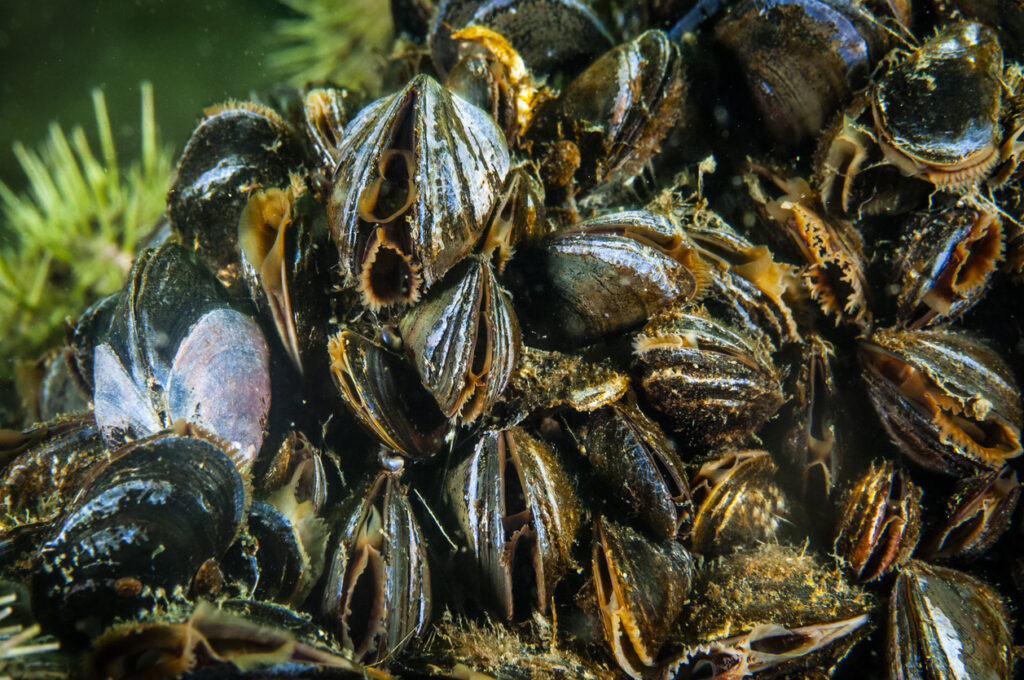
Freshwater mussels are nature’s living filtration system, quietly scrubbing rivers and lakes from the bottom up. Anchored in sediment, these bivalves feed by filtering plankton, bacteria, and organic debris from the water up to 15 gallons a day per mussel. That might not sound like much, but in large beds, thousands of mussels can collectively clean entire water systems, removing excess nutrients and improving clarity and oxygen levels for other aquatic life.
Their presence is often a sign of ecosystem health, but they’re among North America’s most endangered animals due to pollution and habitat loss. The water quality drops when they disappear, and algae blooms and sediment buildup occur. Some environmental projects now use mussels to restore contaminated waterways, including pilot programs in New York’s Bronx River and the Anacostia in D.C. These unassuming shell-dwellers aren’t just sitting around; they filter our mistakes one mouthful at a time. Source: US Fish & Wildlife Service
8. Crabs
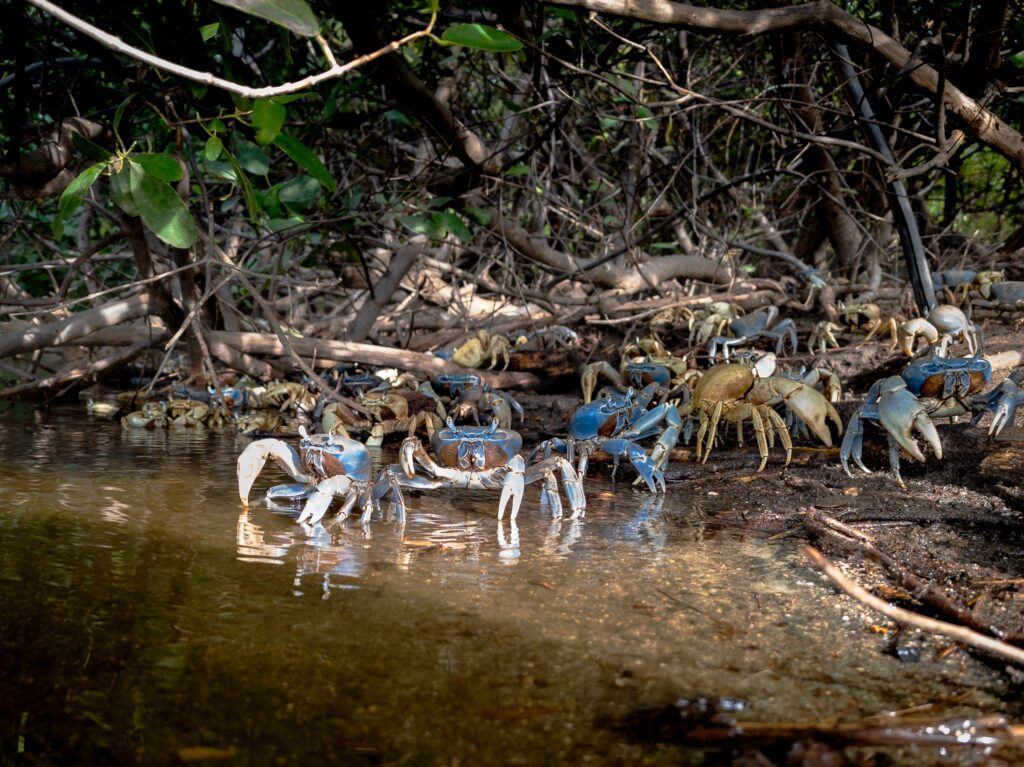
Crabs are the trash compactors of coastal ecosystems. Whether darting through mangroves or scuttling along tidepools, most crab species feed on dead fish, decomposing plants, algae, and detritus that would otherwise rot and pollute the shoreline. Their powerful claws quickly break down organic debris, and their constant movement stirs up sediment, which helps oxygenate the seafloor and aids decomposition. Ghost, fiddler, and mangrove crabs are key in keeping beach and estuary environments clean.
Some species, like the humble blue crab, are so efficient at their job that they’re considered bioindicators, creatures whose presence reflects the health of an entire ecosystem. In salt marshes and mangroves, crabs contribute to erosion control and nutrient cycling by digging their burrows and munching on the muck. Their role might seem small, but coastal habitats depend on this crustacean cleanup to stay balanced and breathable. Without them, the shore would be a stinking, stagnant mess. Source: Florida International University
9. Earthworms
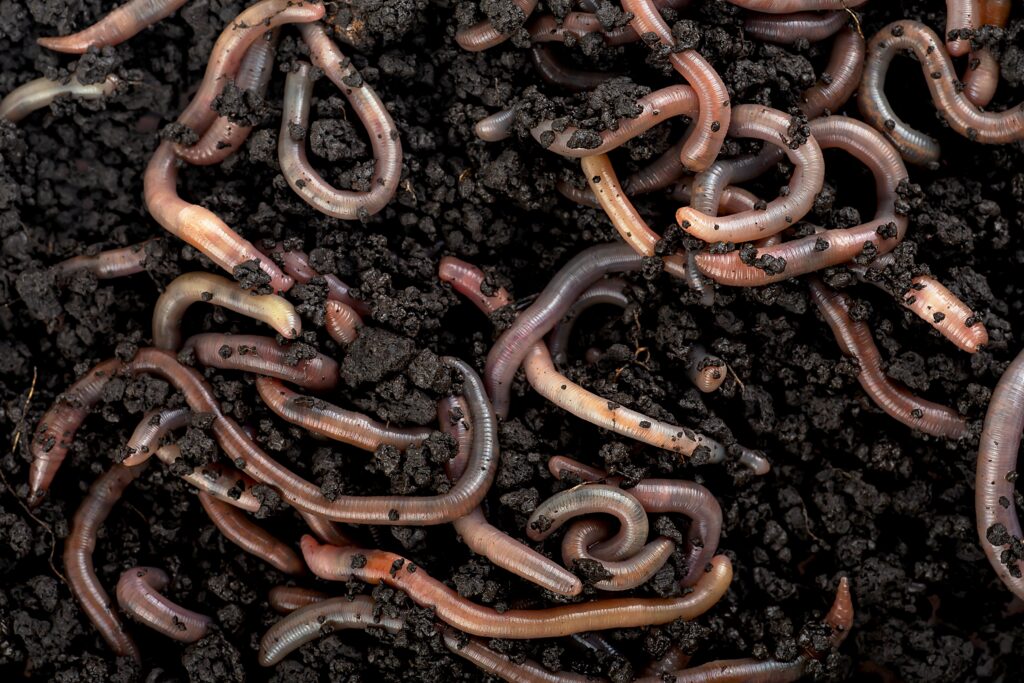
Earthworms are the original soil renovators, turning decay into fertile ground with every wiggle and squirm. As they burrow through the dirt, they consume dead plant material, bacteria, and fungi, decomposing organic matter, digesting the gunk and excreting nutrient-rich castings that improve soil structure and fertility. A single acre of healthy soil can contain over a million earthworms, collectively moving and cleaning tons of earth yearly. Their constant tunneling also aerates the soil, allowing water and oxygen to reach plant roots more efficiently.
Charles Darwin once called earthworms “nature’s plow.” Modern science agrees they’re essential to agriculture and ecosystem health. Studies show that areas rich in earthworms produce more robust crops, absorb rainwater better, and resist erosion. They’re vital in forests and fields where layers of dead leaves and debris can choke new growth. Without earthworms, decomposition would stall and soil would compact, leading to a dull, depleted landscape. Instead, thanks to these underground digesters, decay becomes life. Source: USDA
10. Parrotfish
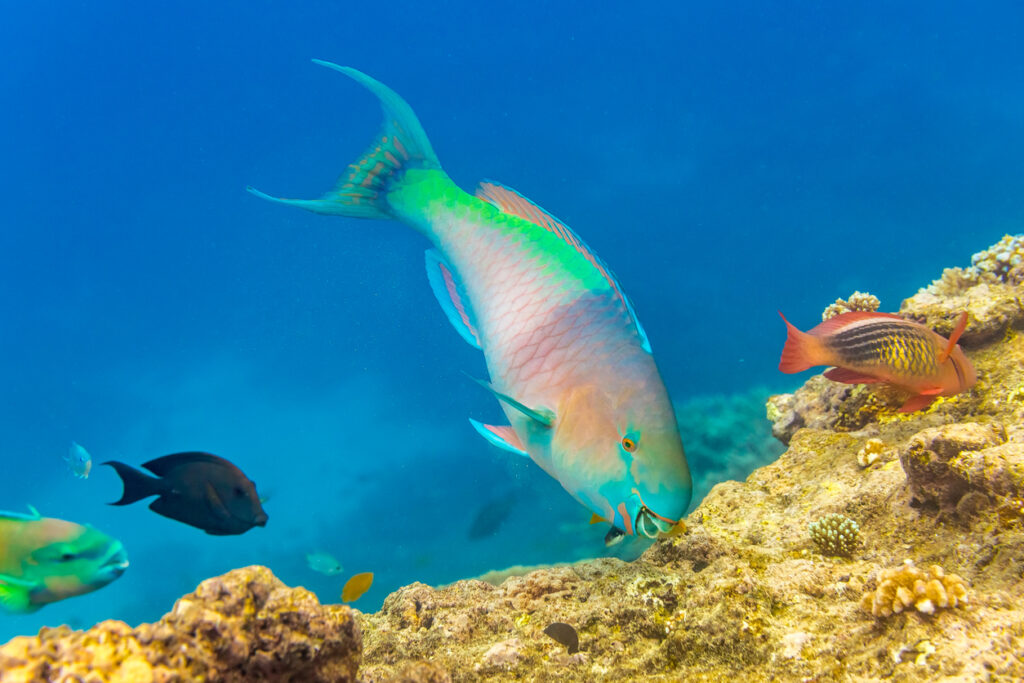
Parrotfish are reef janitors with a tropical twist. Armed with beak-like teeth strong enough to crush coral, they feed on algae growing over reef surfaces, scraping off the overgrowth that would otherwise smother the coral below. In the process, they inadvertently eat bits of dead coral rock, digest the nutritious algae, and excrete the rest as fine, white sand. Yes, those soft beaches in the Caribbean? Much of that powdery paradise is actually parrotfish poop.
Their constant grazing keeps coral reefs healthy by preventing algae from outcompeting coral for sunlight and space. In places where parrotfish populations have been overfished, reef health declines sharply, leading to coral die-offs and algal dominance. Adult parrotfish can produce up to 800 pounds of clean sand annually as a biological buffer against reef suffocation. These vibrant fish are much more than pretty swimmers; they’re the reef’s maintenance crew, interior decorators, and sand manufacturers all rolled into one. Source: Scripps Institute of Oceanography
No Gloves, No Problem: Nature’s Janitors Deserve a Raise
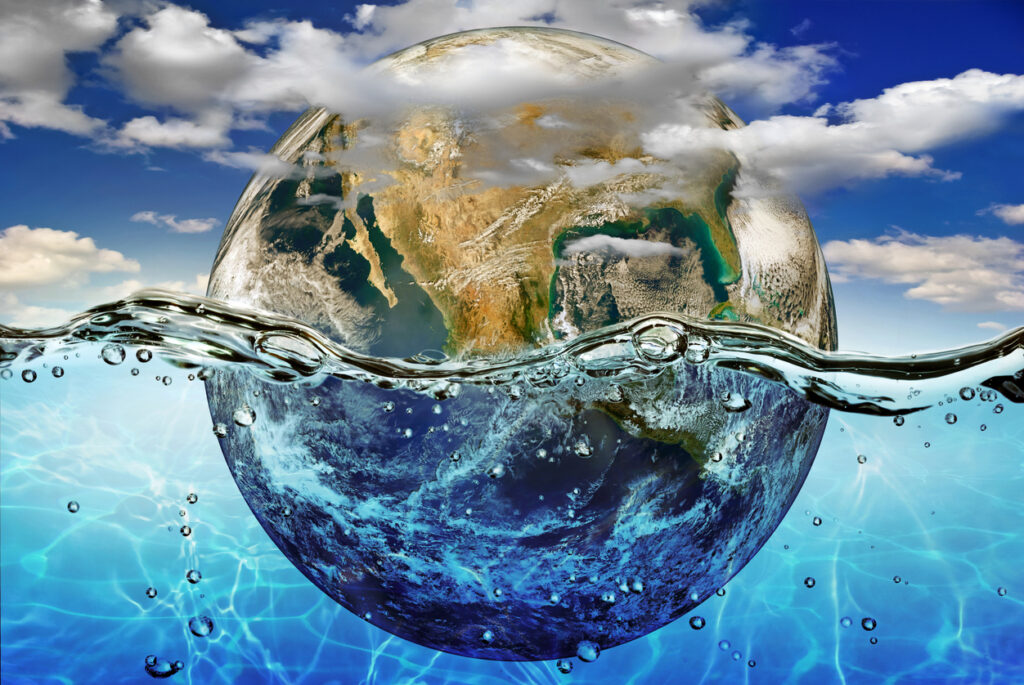
We spend so much time worrying about what’s polluting the planet, we often forget who’s quietly cleaning it up. From squishy sea cucumbers to misunderstood marsupials, these animals are doing the dirty work that keeps ecosystems running, and most of us never notice. Whether they’re filtering toxins, breaking down decay, or eating literal garbage, they’re the unsung janitors of the natural world. And without them? We’d be buried in our own mess.
So the next time you spot a vulture overhead or a worm underfoot, think twice before cringing. Nature’s cleanup crew may not wear gloves or drive a truck, but they’ve been scrubbing the Earth clean long before we showed up. Love this list? Please share it with your favorite clean freak or the next person who complains about bugs in the yard. These critters earned their spotlight. Let’s give them the credit they deserve.


